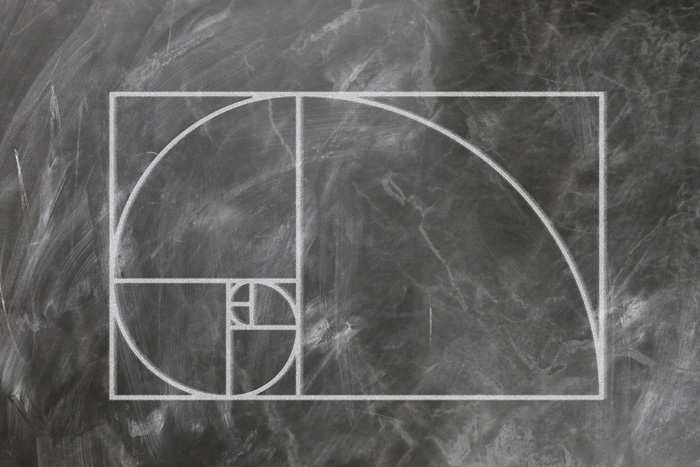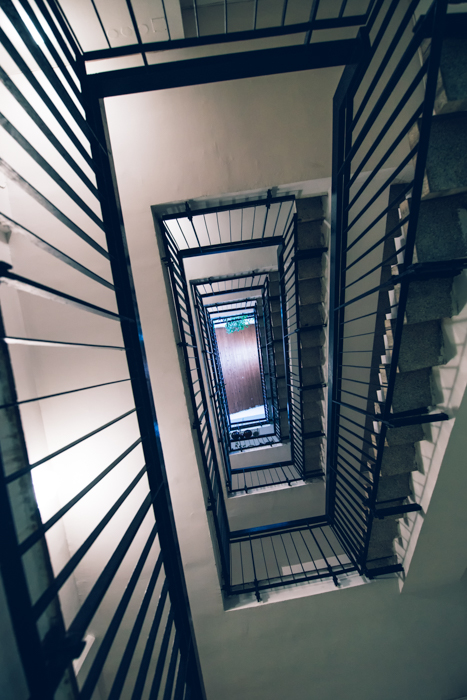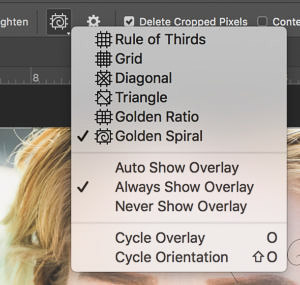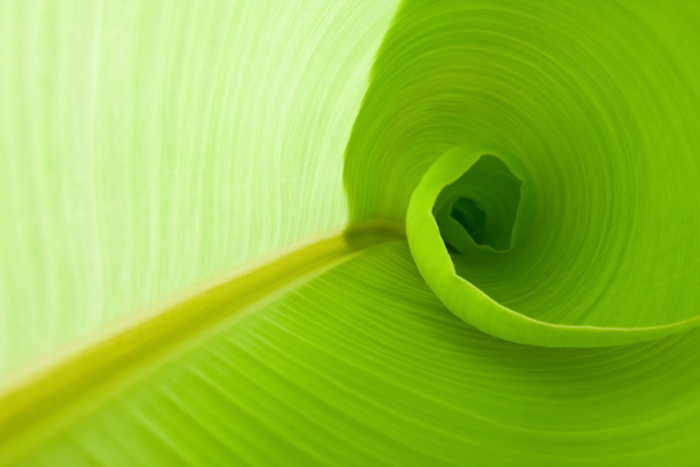What Is the Golden Ratio?
The golden ratio is a composition guide. Some people call it the Fibonacci spiral, golden spiral, phi grid, divine proportion, or the golden mean. It helps to lead the viewer through the entire photo. The composition will be more pleasing and balanced for the human eye. You can find the golden ratio everywhere in nature, from a nautilus shell to the waves of the ocean. Even parts of the human body and our DNA are built based on it. By using the golden ratio, you can create a photo that is more pleasing to the eye in a natural way.

The golden ratio existed well before the modern camera’s birth. When the Egyptians built their pyramids, they used the golden ratio. Famous art pieces such as the Mona Lisa and The Last Supper are also following the rules of it. But it does not stem from painting techniques. The golden ratio comes from mathematics. The Italian mathematician Leonardo Fibonacci came up with the idea when he arranged a series of numbers. Following the sequence of his numbers can create an aesthetically pleasing art composition. Don’t let mathematics scare you off though! You don’t need to apply any numerical calculations to use this technique. The golden ratio is 1.618 to 1, and it is based on the spirals seen in nature from DNA to ocean waves.

Even if you dislike maths, this concept can change your composition from good to excellent. There are several ways to use the golden ratio. The Phi Grid and the Fibonacci Spiral are the most common ones applied in photography.
What is The Phi Grid?
The Phi Grid is another way of considering proportion in photography. It looks like the Rule of Thirds, but you are not dividing the frame into equal thirds. The grid consists of a 1:0.618:1 ratio instead of the usual 1:1:1. The centre lines are closer to each other. Using this method means that your subject is located a bit more central. This way, your composition will be more unique and draw the viewer’s attention quickly to your subject.

What is The Fibonacci Spiral?
The Fibonacci or golden spiral is built from a series of squares that are based on the Fibonacci numbers. The length of every square is a Fibonacci number. Imagine placing the squares within a frame. If you draw arcs from opposite corners of each square, you will end up with a curve resembling the shape of a spiral. This is a pattern that appears everywhere in nature and resembles the shell of a nautilus. The curve flows through the frame and leads your eye around the picture. It looks something like this:

So how do you use the golden ratio in photography?
You should place the area with the most details in the smallest box of the coil. This does not have to be in one of the corners. It can be anywhere in the frame. Some say that the face of the Mona Lisa is also placed within that crucial area. Try to position the rest of the subject within the curve too. This will lead the eye of the viewer through the image in a natural way. Even if you use different composition guidelines, the subjects’ position is very similar. The golden ratio encourages photographers to consider not only where the subject is. It also matters where you place everything else in the picture.

Experiment with different composition methods and see which technique works for you. There is no right answer when it comes to creative composition. It all depends on your subject and its surroundings.
How to Apply the Golden Ratio in Your Photos
Both golden ratio techniques can improve the composition a lot. But how do you know which method to apply?
Step 1: Check the Scene
How you use the golden ratio depends on the scene in front of you. Composition techniques are there to help you think about the scene. Use them before pointing and shooting. You know the different composition techniques. Now you need to select the right method. To do that, start asking yourself questions about the potential image in front of you:
- What is the subject of the photo? That’s where you’ll want to lead the eye.
- What other elements can you include in the scene? Look at everything else in the scene and determine if it distracts from the subject or enhances it.
- Are there any leading lines or natural curves in the image? Leading lines work well with the grid, while natural curves are just asking for a golden ratio spiral.
Step 2: Determine Which Composition Method You Want to Use
Next, choose between the golden spiral and the phi grid. You can’t contort a straight object to fit inside a spiral, so if your scene has great leading lines, try the grid. If your scene has more natural curves, the golden spiral is a better fit. From the shape of a tree to the curve of a cheekbone, anything can work in your favor.

The golden ratio is a more advanced version of the Rule of Thirds, but it’s still okay to call on the Rule of Thirds again. If the scene works best with that composition technique, use it!
Step 3: Imagine the Overlay and Shoot
Imagining a complex spiral aligned over your photo can be tricky at first. If you simplify the concept, it’s a bit easier to manage. Check which built-in grid overlays your camera has. You can find the options if you go to the settings. Most cameras will have the Rule of Thirds. Even if that isn’t the composition guide you are using, it’s helpful to enable the feature. If you don’t have an electronic viewfinder, you have to imagine the grid as you shoot and check with Live View. Next, choose which corner of the image to use. You’ll want to place the subject on the intersection of the lines with the grid, or in the smallest part of the spiral. Use the Rule of Thirds grid and estimate where the subject should be with the golden ratio technique. If you chose the Phi Grid, place the subject closer to the centre of the image compared to that Rule of Thirds intersection. If you’re working with that golden spiral, place the subject farther out than the Rule of Thirds intersection. Placing the subject at the intersection is not the end of the world if you use the golden ration techniques.

Adjust your composition to any leading lines or curves that you identified in the scene. Position the elements on the remaining grid lines or along the spiral. Remember, the composition is more than just cropping with the viewfinder. You can exaggerate lines and angles by adjusting your position. Climb to a higher viewing point, kneel or lay down on the ground. You can also move closer, farther, or step aside to adjust the lines. Explore your possibilities! The goal is to place other elements of the scene on that spiral out from the subject. If you use the grid method, you should try to place the elements on one of the unused lines in the phi grid. Then, you shoot. Take a few variations if you’re unsure and you’re not working with a fast subject. Change the composition a bit between the shots and see which fits the best the golden ratio rules.

Step 4: Edit Your Image to Get the Perfect Golden Ratio
Picturing the phi grid or the golden ratio spiral as you shoot is one thing. But what if you want that exact 1.618 magic number? Fortunately, Photoshop and several other photo editors have tools for that.

Open the image in Photoshop and select the crop tool. Draw a crop box over the image. Next, click on the overlay options and select the composition tool you want: the golden ratio (phi grid) or the golden spiral (Fibonacci spiral). Adjust the crop box to fine-tune your composition. If the golden spiral isn’t in the right corner of the image, you can select the cycle orientation option. Go to the same drop-down menu you selected the composition tool form or you can press Shift + O.

Conclusion
The golden ratio composition technique will give a great boost to your photos. Whether you use the grid or the spiral, it replicates patterns and ratios already found in nature. And who can argue with a technique that’s literally in our DNA?


